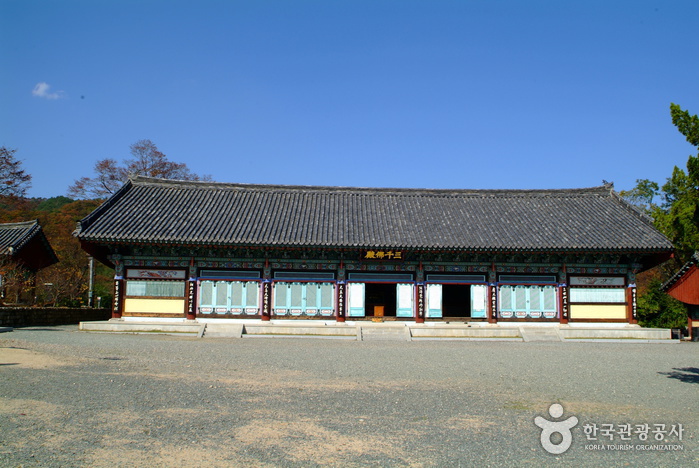Girimsa Temple (기림사)
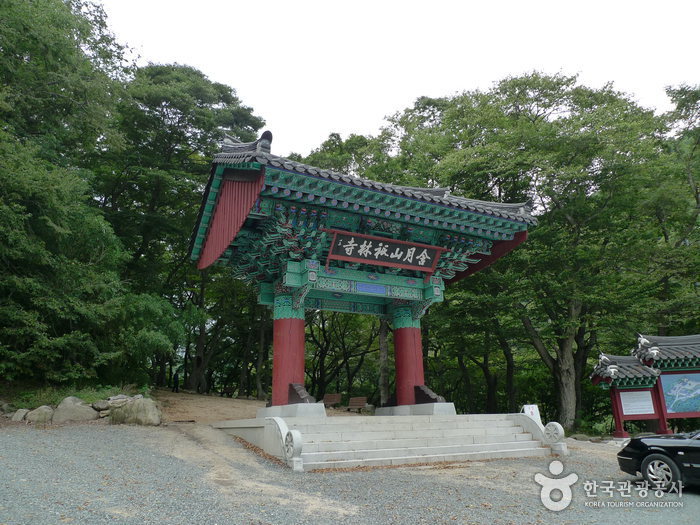
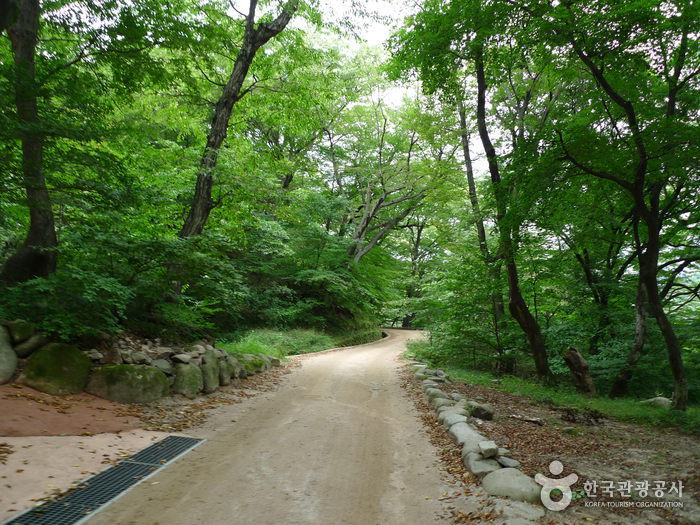
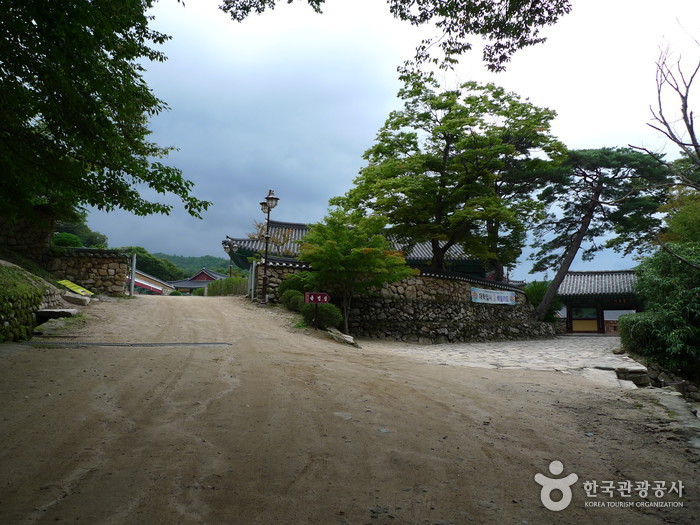
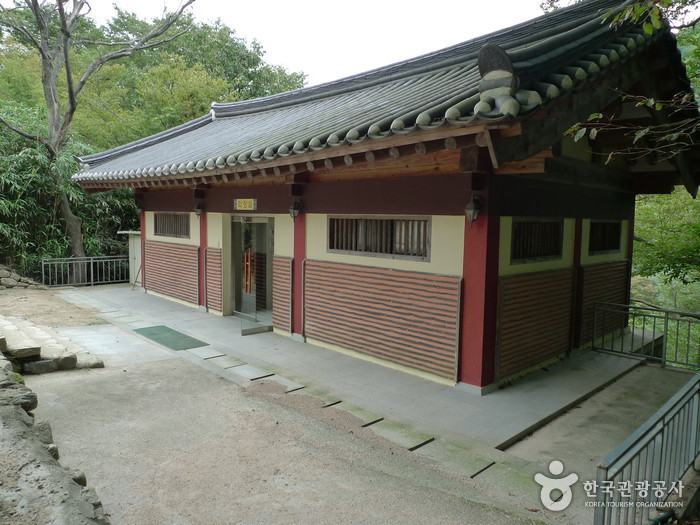
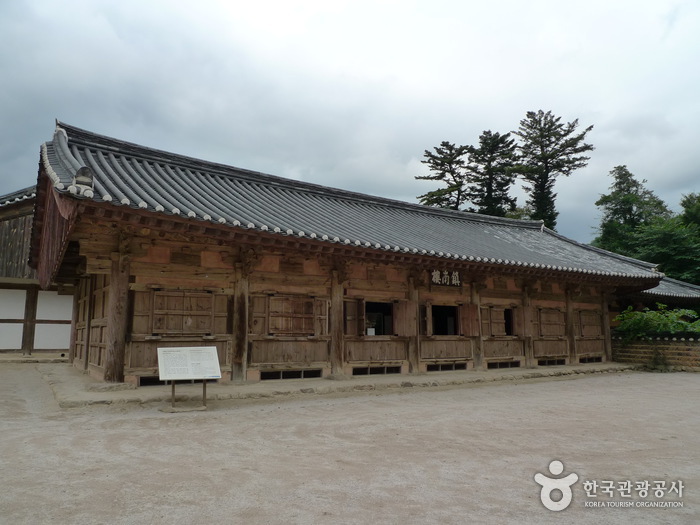
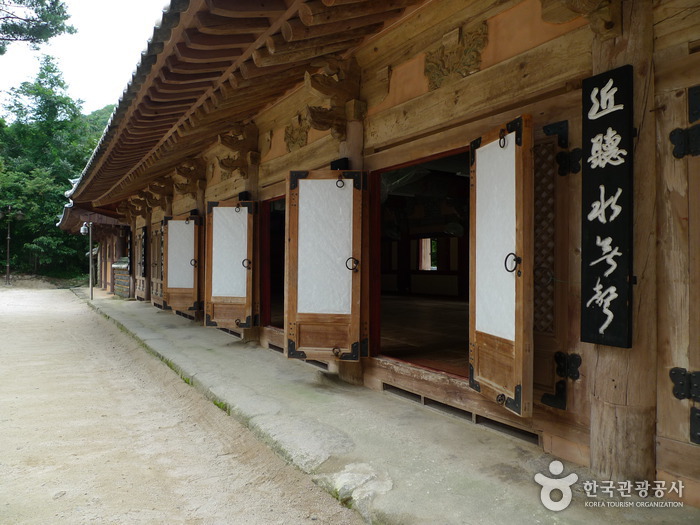
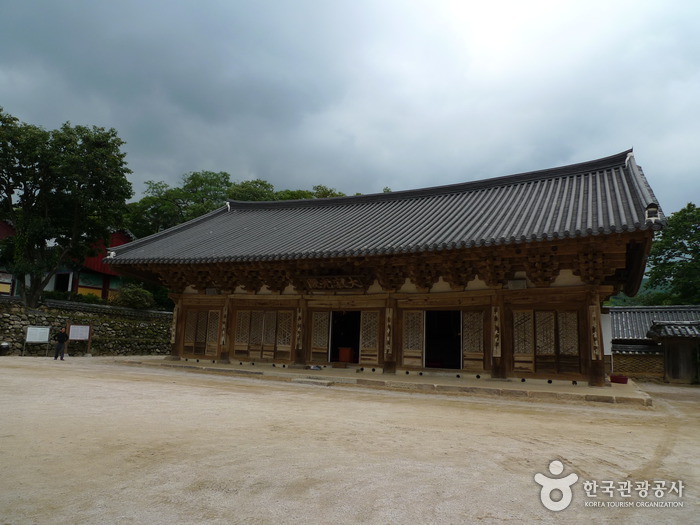
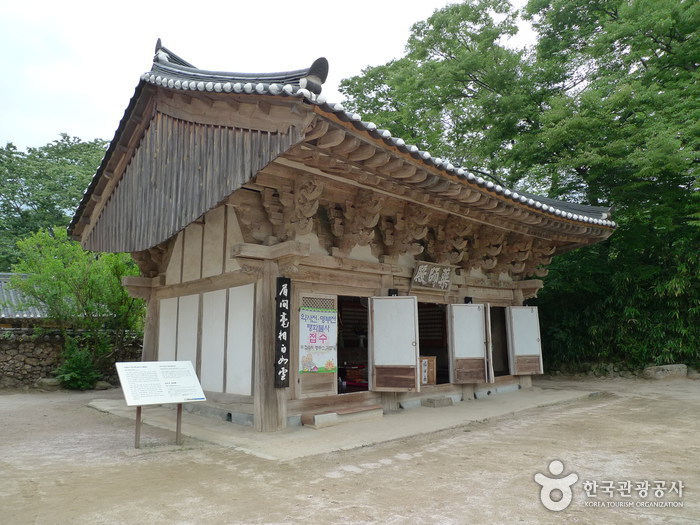
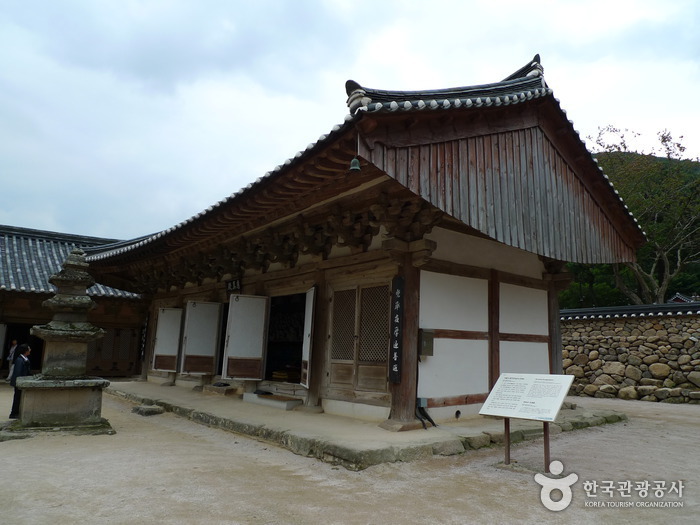
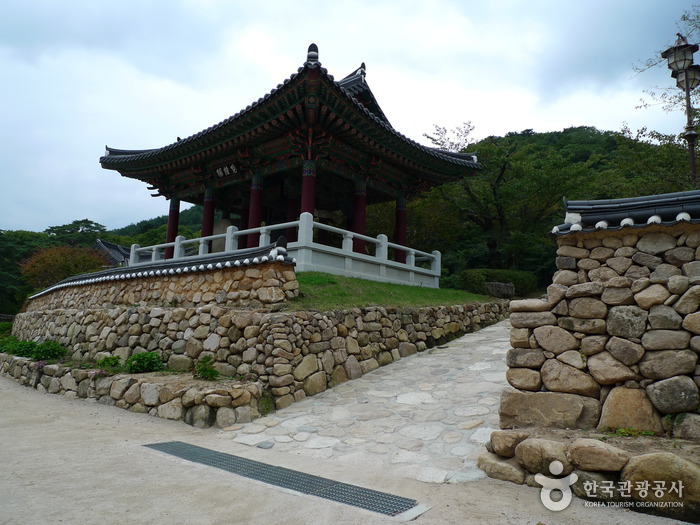
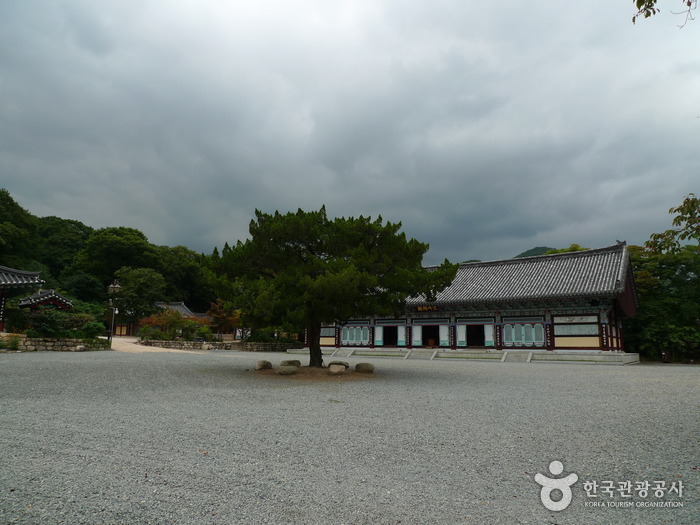
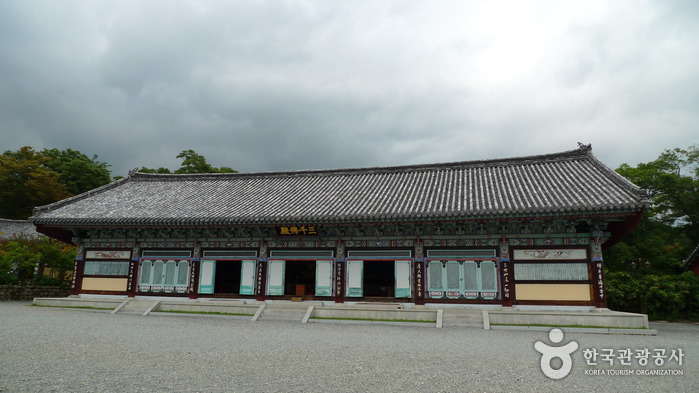
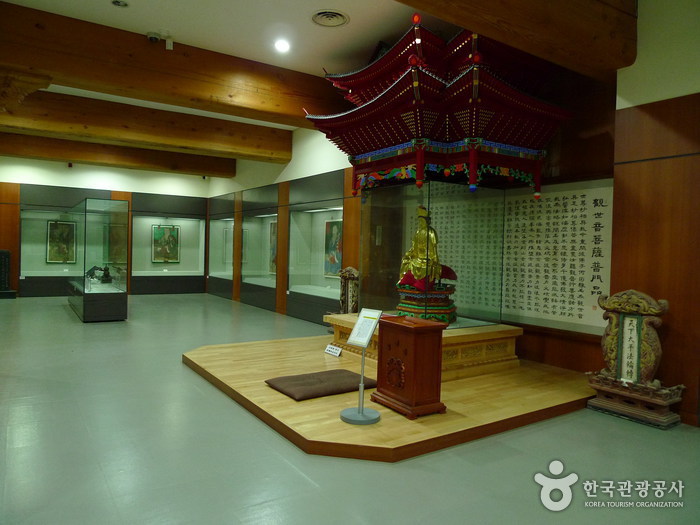
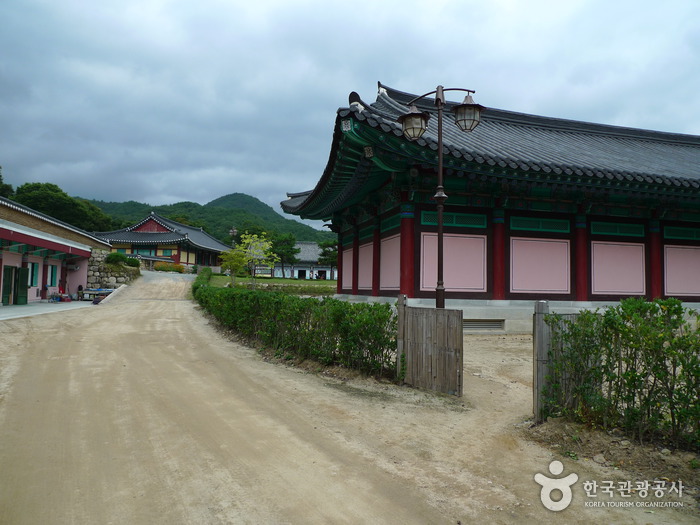
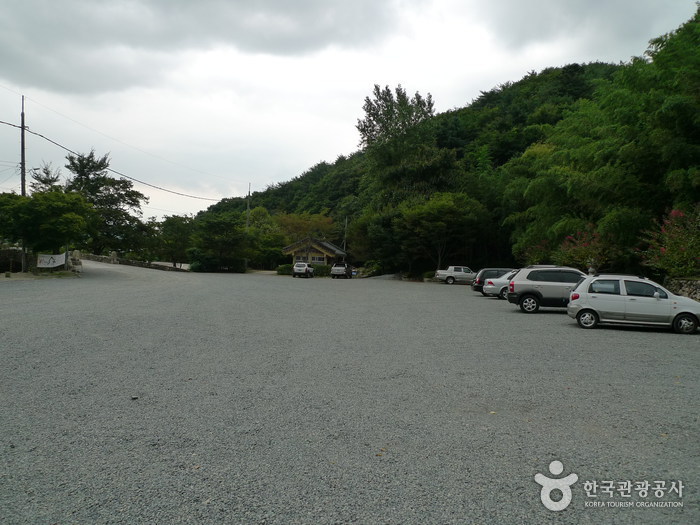
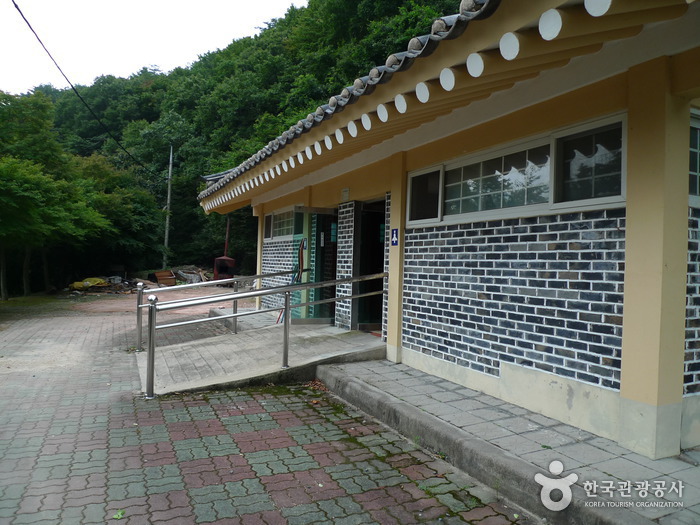
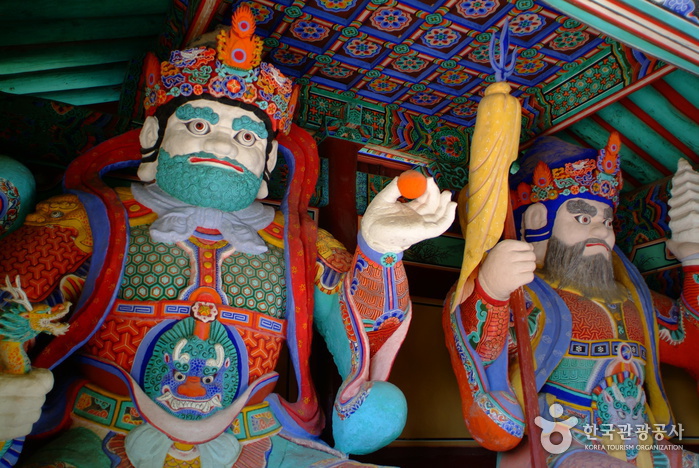
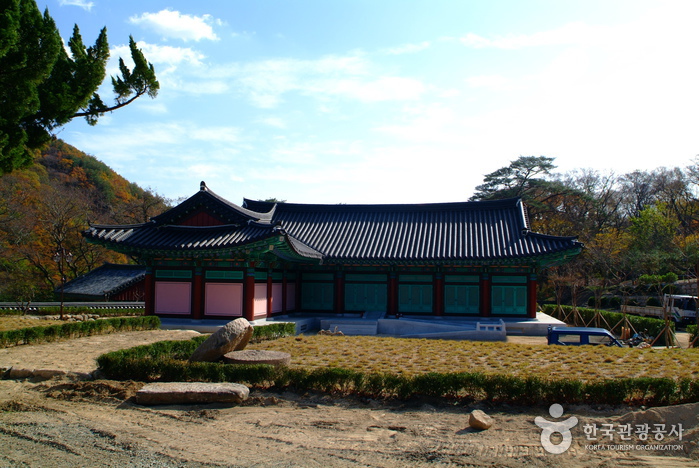
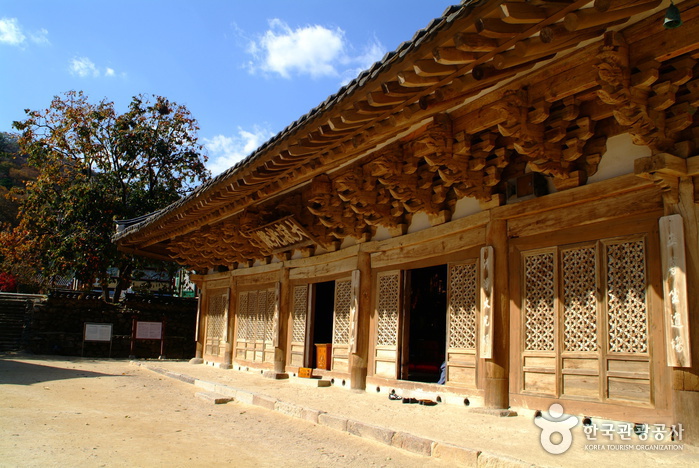
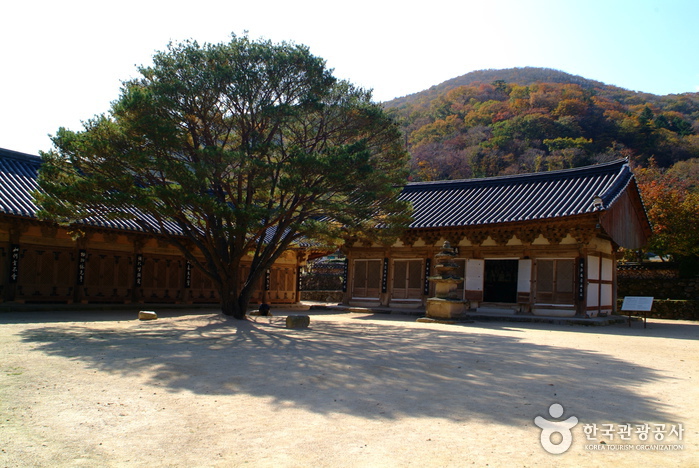
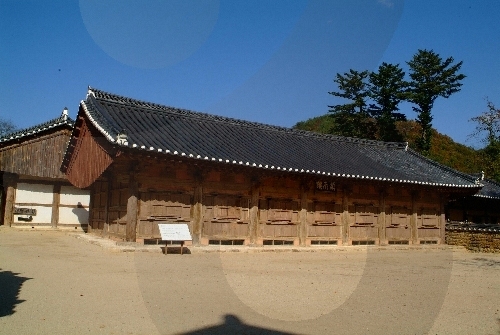
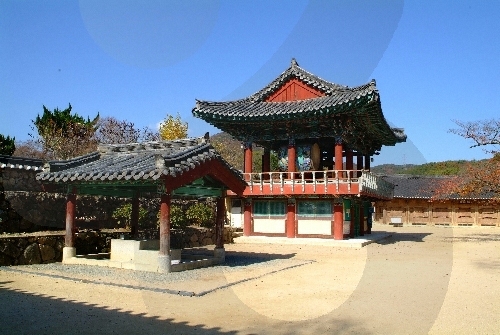
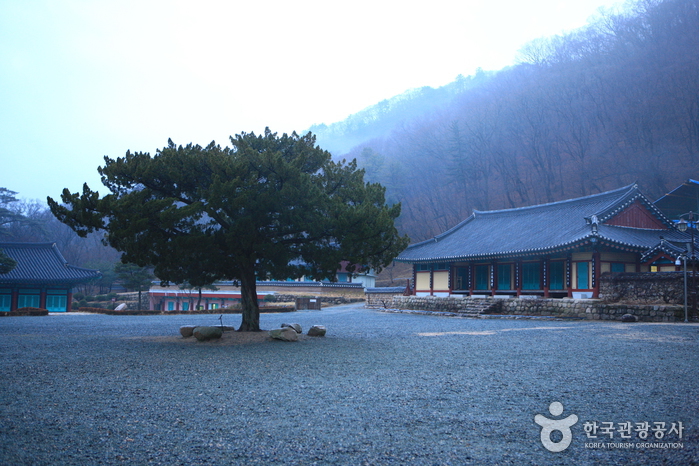
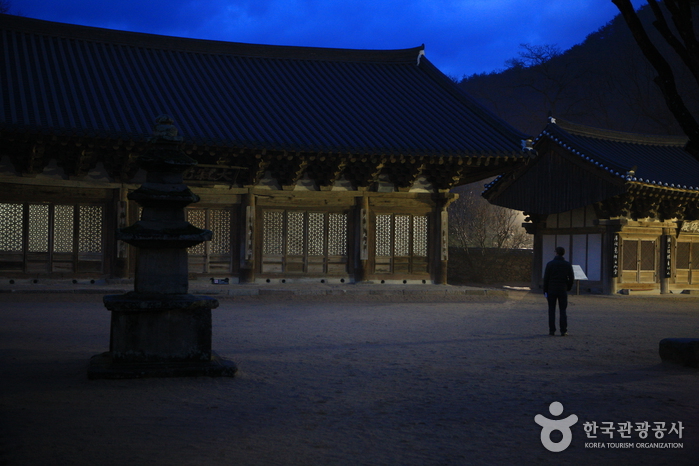
- addr1
437-17, Girim-ro, Gyeongju-si, Gyeongsangbuk-do
- title
Girimsa Temple (기림사)
- homepage
kirimsa.net (Korean only)
www.templestay.com (Korean, English) - overview
Girimsa Temple is located in Hamwolsan Mountain in Yangbuk-myeon, Gyeongju. The temple was built in the Silla Era and, with 16 buildings, is the second largest temple after Bulguksa.
Legend has it that the temple was originally built by the Venerable Gwang-yu, a sage from India, in the early part of the Silla Kingdom. The temple was reportedly called Imjeongsa at first, but was later changed to Girimsa after undergoing expansive renovations by Monk Wonhyo. It is still unclear exactly what year the temple was built in.
Girimsa is divided into two main areas. The first is the area around Daejeokgwangjeon Hall where the statue of Birojanabul is enshrined. The second is the area around the majestic 500-year-old bo tree (a kind of large fig tree) that is home to a wooden pagoda, the Seongbo Museum, Samsingak, Mangbujeon, and Gwaneumjeon halls. Daejeokgwangjeon Hall was first built during Queen Seondeok's reign, and was rebuilt six times since its original construction. Its simple but majestic architecture is characterized by baeheullim (aka, entasis columns) and a Dapoyangsik (Dapo-style) single-tiered gabled roof.
Girimsa is famous for Ojongsu, water that is said to have five different tastes. It consists of gamrosu, which is best for making tea; hwajeongsu, which supposedly gives comfort to the drinker; janggunsu, which makes the body stronger; myeongansu, which gives clear vision; and otaksu, which is said to sparkle so brightly that it attracts all the birds of the air. During Japanese colonial rule, the source of janggunsu, literally meaning ‘water of a general,’ was reportedly blocked off by Japanese soldiers, who were afraid the water would give the Korean people the strength to overthrow them. Except for janggunsu, water still continues to flow from each source.
On the way to Girimsa temple is Golgulsa Temple, well known for its 12 grottos. Golgulsa was originally a hermitage of Girimsa. After becoming an independent institution, it became the center of Seonmudo practice in Korea. The temple aims to promote the art of seonmudo on a national and international level.
- expguide
[Girimsa Templestay]
Retreat Program / Experiential Program
* Please make an inquiry before visiting as programs and schedule are subject to change depending on temple situations. - infocenter
• 1330 Travel Hotline: +82-2-1330
(Korean, English, Japanese, Chinese)
• For more info: +82-54-744-2292 - parking
Available
- restdate
N/A (open all year round)
- usetime
Winter season 08:00-17:00 / Summer season 08:00-18:00
- Admission Fees : Individuals - Adults 3,000 won / Teenagerss 2,000 won / Children 1,500 won
Groups - Adults 3,000 won / Teenagers 1,500 won / Children 1,200 won
* Groups: 20 people or more (not valid for adults)
* Free admission: senior citizens (ages 65 & older), people with a disability - Restrooms : Available
- Parking Fees : Sedans 1,000 won / Large-sized cars 2,000 won / Buses 3,000 won
- Interpretation Services Offered : Not available
(
[bo_table] => datagokr_Eng
[page] => 123
[sca] => Tourist Attractions
[sod] => desc
[sop] => and
[sst] => wr_datetime
[wr_id] => 658
)
- Girimsa Temple (기림사)
-
